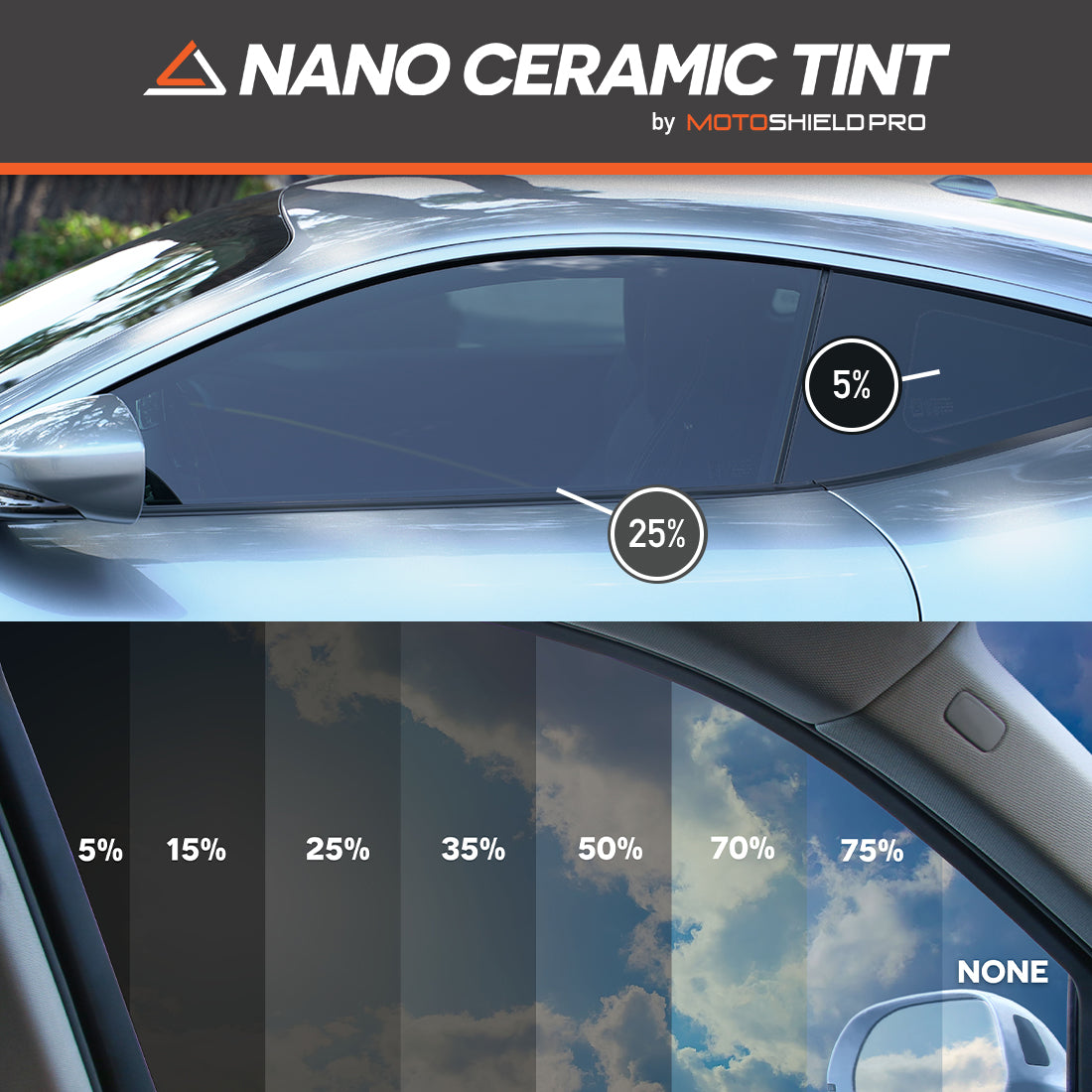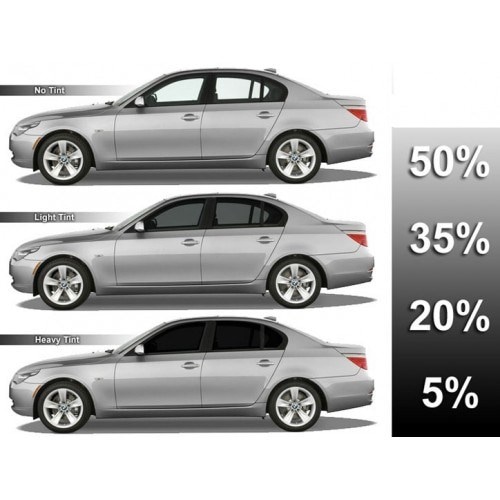The Full Break Down of Cars And Truck Window Tinting Laws: Remain Informed and Avoid Costly Penalties
Comprehending the intricacies of car home window tinting laws is vital for every vehicle owner. Let's check out the nuances of window tinting policies, from lawful portions to enforcement measures, and find the necessary suggestions for preserving tinting conformity.

Importance of Comprehending Tinting Legislations
Comprehending tinting regulations is critical for lorry owners to guarantee conformity with policies and stay clear of prospective penalties or penalties. By being informed regarding tinting regulations, cars and truck owners can make informed choices about their car modifications and avoid the problem of having to remove illegal color.
Along with legal effects, inappropriate window tinting can likewise influence visibility while driving, especially in the evening or in adverse climate condition. Dark window tints can minimize visibility for the driver and block the view of pedestrians or various other automobiles, enhancing the risk of crashes. Window tinting. Comprehending the tinting regulations can assist chauffeurs strike an equilibrium in between aesthetic appeals and safety
In addition, abiding with tinting policies can additionally avoid unnecessary costs. Removing illegal tint and paying fines can be costly, adding economic burdens to lorry proprietors. By adhering to tinting legislations from the start, vehicle drivers can avoid these added expenses and guarantee a smooth driving experience without disruptions from police.
Sorts Of Home Window Tinting Rules
Having a clear understanding of the importance of adhering to tinting legislations, it is important to recognize the different kinds of window tinting policies applied across various states. These laws normally revolve around the Visible Light Transmission (VLT) percent, which determines the quantity of light permitted to pass through the tinted windows. States like California have rigorous policies, enabling only 70% VLT for the front side home windows and windscreen, while states such as North Dakota allow up to 50% VLT. Additionally, some states have differing regulations for back windows and side windows behind the driver. It's critical for vehicle owners to acquaint themselves with these details guidelines to prevent citations or penalties.
Additionally, particular states might also have regulations concerning the reflective residential properties of window tint and using certain colors. For example, reflective tint is usually banned, and shades like red, amber, and yellow might not be enabled because of visibility problems. Understanding these subtleties in home window tinting guidelines can help automobile owners make educated choices when tinting their home windows to ensure compliance with the regulation.
Lawful Tinting Percent Standards
Exploring the acceptable tinting percents established by state legislations provides crucial assistance for automobile proprietors looking for to stick to lawful policies. These standards determine the maximum permitted darkness for home window tints, normally measured in Visible Light Transmission (VLT) portion-- the quantity of light that can pass through the color.
Before applying window tints to a car, it is a good idea to study and acquaint oneself with the tinting regulations specific to the state of registration. By complying with these policies, car proprietors can take pleasure in the benefits of home window tinting while remaining on the appropriate side of the regulation.

Enforcement and Consequences of Infractions
Implementing the established tinting percentage standards is vital in maintaining conformity More about the author with state laws on vehicle home window tinting. Legislation enforcement companies perform regular checks to guarantee automobiles meet the defined color darkness restrictions. To prevent these enforcement activities and prospective dangers, it is necessary for automobile proprietors to remain notified about the tinting regulations in their state and ensure their automobile's home window tints comply with the defined policies.
Tips for Compliant Home Window Tinting
To make sure compliance with automobile home window tinting regulations, it is essential for lorry proprietors to comply with details suggestions for picking and applying home window colors. Furthermore, think about having a specialist home window tinting solution mount the tint. By adhering to these pointers, you can take pleasure in the advantages of home window tinting while remaining within the boundaries of the legislation.

Final Thought
In final thought, it is essential to be well-informed regarding car window tinting legislations to avoid potential penalties and penalties. Comprehending the different sorts of guidelines and legal tinting percentage guidelines can aid make sure conformity with the regulation. Enforcement procedures for violations remain in browse around this web-site location to support these regulations. By complying with these guidelines and tips for compliant home window tinting, chauffeurs can keep a lawful and risk-free vehicle appearance.
Having a clear understanding of the importance of conforming with tinting legislations, it is crucial to be aware of the various kinds of home window tinting regulations applied across various states. Understanding these subtleties in home window tinting policies can aid car proprietors make informed decisions when tinting their home windows to make sure compliance with the regulation.
Prior to applying home window colors to a vehicle, it is suggested to research and familiarize oneself with the tinting legislations details to the state of enrollment. To prevent these enforcement actions and possible dangers, it is important for car owners to remain notified useful reference regarding the tinting regulations in their state and guarantee their automobile's home window colors abide with the specified regulations.
To make certain compliance with auto window tinting laws, it is essential for automobile proprietors to follow details suggestions for selecting and applying window colors.